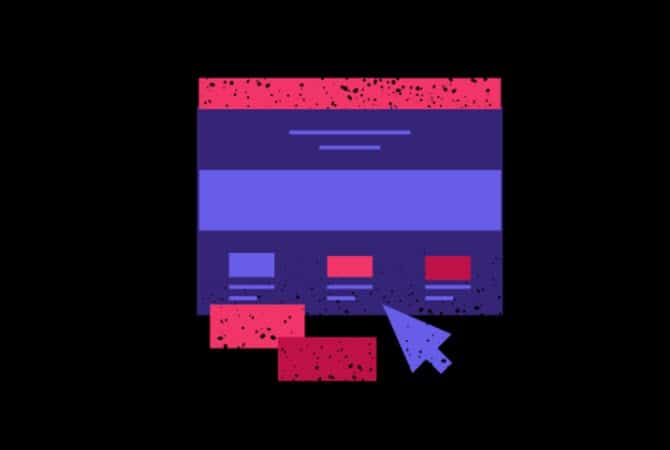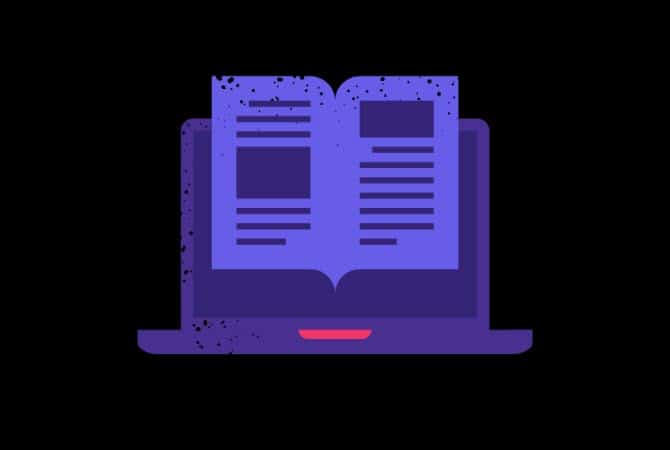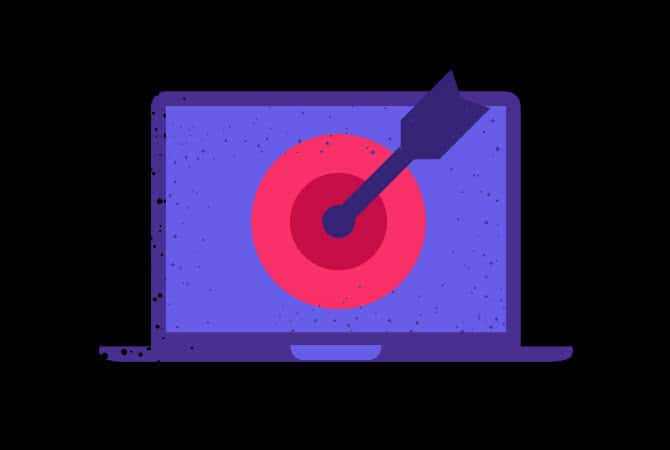The bounce rate, indicating the percentage of visitors who leave a landing page without exploring further or taking any action, is a critical metric in assessing online engagement. Frequently confused with the exit rate, which measures those concluding their session on a particular page, the bounce rate highlights users who haven’t embarked on a journey through the website.
It’s more forgivable for a blog post to exhibit a high bounce rate compared to a homepage. While a blog post may have an achievable on-page goal, a homepage’s primary objective is to guide visitors to other pages.
Landing pages, however, present a distinct challenge. Campaign landing page bounce rates are inversely related to conversion rates, influenced by industry, page objectives, and readability scores.
Identifying Common Culprits of High Bounce Rates
- Lack of Relevance in Content– Landing pages, designed for optimal conversions, must align closely with the visitor’s needs. Failure to tailor content to specific audiences results in a page that resonates with no one. Addressing relevance issues involves understanding the sales funnel and aligning conversion goals, copy, and design with the customer’s position in the journey.
- Slow Loading Times– In today’s fast-paced digital environment, users won’t tolerate slow-loading pages. If a page takes too long, visitors are likely to return to their search results for a faster alternative.
- Confusing Layout– Effective landing pages follow a visual hierarchy that guides users through content. A well-structured layout, utilizing F- or Z-shaped patterns, emphasizes critical elements through colors, contrast, and size.
- Misleading Title Tag and/or Meta Description– Inaccurate summaries in title tags and meta descriptions can mislead visitors, leading to a bounce. Ensuring alignment between content and these elements is crucial for a positive user experience.
- Blank Page or Technical Errors– A blank page, 404 errors, or other technical issues can result in a high bounce rate. Regularly checking your page across different browsers and devices helps replicate user experiences.
- Poor Referral Links– Unqualified visitors from referral traffic or misleading anchor text can contribute to high bounce rates. Addressing this may involve contacting the author of the referring article to correct the link placement or context.
- Low-Quality or Underoptimized Content– Subpar content may be a significant factor in driving users away. Thoroughly reviewing and optimizing content is essential to retain visitor interest.
- Lack of Mobile-Friendliness– Despite the importance of mobile-friendly websites, many still fail to meet this criterion. Unoptimized websites for mobile use can result in poor user experiences and high bounce rates.
- Overwhelming Requests for Information– Pop-ups demanding excessive information can trigger suspicion, causing immediate bounces. Building trust with visitors is crucial to reducing bounce rates.
Proven Strategies to Reduce Bounce Rates
- Align Content with Expectations– Ensure your content matches the promises made in title tags and meta descriptions, maintaining readability.
- Keep Critical Elements– Visible Place essential elements above the fold to validate visitors’ expectations upon arrival.
- Improve Site Speed– Faster load times positively impact SEO. Regularly optimize and accelerate site loading.
- Minimize Non-Essential Elements– Avoid overwhelming visitors with unnecessary pop-ups and promotions.
- Facilitate Navigation– Simplify navigation, employ predictive search, and optimize menus for smoother browsing experiences.
A high bounce rate signals potential issues, but addressing these concerns and making data-driven adjustments over time will lead to continuous landing page optimization.






